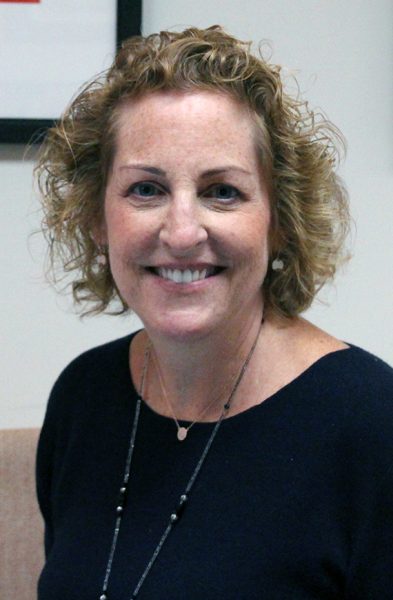
Families received an email from Head of School Robin Appleby on March 12 containing information about a Distance Learning Plan that would be put in effect if the school was forced to close due to the highly contagious virus COVID-19. In a press conference that evening, the UK government announced that while they are currently advising against international school trips, there is no immediate plan to close schools.
The email from Appleby on March 12 also contained information about further cancellations as the UK enters the first stage of the “delay phase” in managing COVID-19. All international school trips up to May 1 are cancelled, with travel after May 1 under review. Large gatherings on and off campus until May 1 are cancelled, including divisional and large assemblies, middle school socials, and the middle school YoungER Power conference. There is also a temporary suspension on admission and alumni visits as of March 23.
The Distance Learning Plan is a contingency plan of how students will continue to learn if the school closes. The plan was created by the academic leadership team and the senior leadership team, which includes principals, assistant principals, and K-12 directors. Mr. Nadjib Aktouf, head of the TILM department, and Jen Kirstein, head of the Office of Teaching and Learning were the two main people who began to create this plan “two or three weeks ago,” said Aktouf.

Middle School Principal Mr. Peter Lutkoski said, “One of the first things they did was get in touch with schools that already had shut down somewhere and (based the plan on) what they had done, and things that worked well for those schools.”
One aspect of the Distance Learning Plan is that once school closed, there would be four work days before students started to engage in distance learning dedicated to training teachers and planning their lessons online. The main source for assignments and classwork will be the Schoology learning management system.
Although teachers would give assignments and work, no formal tests will be conducted. Head of School Ms. Robin Appleby said, “Right now the distance learning plan does not include formal testing. There may be some forms of assessment. I think a lot of it would depend on how long we ultimately were out of school.”
For classes like P.E. and electives that have an unconventional form of work, teachers would have to “be really creative around how they can help students make progress in those classes,” said Lutkoski.
The format for delivering distance learning is called an asynchronous learning environment, meaning the lessons will not be in real time and students do not have to do their class work at the same time. However, the school’s plan suggests students follow a routine and begin class work at 8:30 am each school day. Students will be expected to follow the eight day cycle and complete class work for the classes that would normally take place on those days. According to the Distance Learning Plan, “Students will be expected to devote no more than 80 minutes per class for four classes each day.”
Laptop policies have been altered for students in grades five and six to allow them to take their laptops home since most of the work will be accessed online.

Aktouf said, “I think the distance learning is the most effective way of teaching and learning when the school campus is not available to students. We’ve prepared the plan and covered as many aspects as possible without being overwhelming with information and overly prescriptive with things. We recognize that the circumstances of any school closure might change from day to day.”
The school will not close and put the Distance Learning Plan into effect until the government decides all UK schools should do so. Appleby said, “(The school’s closure) would be related to our good judgment about what was in the best interest of the health and safety of our community and also our community’s responsibility to support efforts to lessen the virus in our London area.”
The purpose of a closure would be to “help keep people from being large groups together to help prevent the spread of the disease for a long enough period that the cases could start to be affected by that,” said Lutkoski.
News editor Sophia Bassi contributed to this article.
